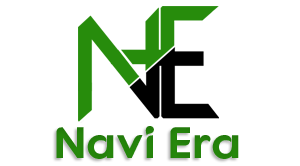Core Gen AI Concepts Quiz Questions Answers
Q1. What is a "model" in the context of machine learning?
Option 1: A type of computer hardware.
Option 2: A complex mathematical structure that processes inputs to generate outputs.
Option 3: A visual representation of data.
Option 4: A set of pre-defined rules for decision-making.
Q2. Arrange the ML lifecycle steps in the right order.
Option 1: Data ingestion and preparation > Model training > Model management > Model deployment
Option 2: Data ingestion and preparation > Model training > Model deployment > Model management
Option 3: Model training > Model deployment > Model management > Data ingestion and preparation
Option 4: Model training > Data ingestion and preparation > Model deployment > Model management
Q3. Which of the following is an example of unstructured data?
Option 1: A spreadsheet with customer names, addresses, and purchase history.
Option 2: A table of employee names, salaries, and job titles.
Option 3: A collection of customer reviews in the form of free-text paragraphs.
Option 4: A database of product IDs, prices, and inventory levels.
Q4. How does consistency impact AI model training?
Option 1: It increases the speed of data retrieval.
Option 2: It ensures data is relevant to the task.
Option 3: It reduces the need for data storage.
Option 4: Inconsistent formats and labeling can confuse the model and hinder learning.
Q5. What is the primary purpose of the data ingestion and preparation stage in the ML workflow?
Option 1: Deploying trained models.
Option 2: Training machine learning models.
Option 3: Monitoring model performance.
Option 4: Collecting, cleaning, and transforming raw data.
Q6. What is the primary way that agents learn in reinforcement learning?
Option 1: By observing and imitating expert demonstrations.
Option 2: By interacting with their environment and receiving feedback.
Option 3: By analyzing large datasets of labeled examples.
Option 4: By being explicitly programmed with the correct actions.








No comments:
Post a Comment
What do you think about this article? just write your feedback in the comment box. Thanks :)